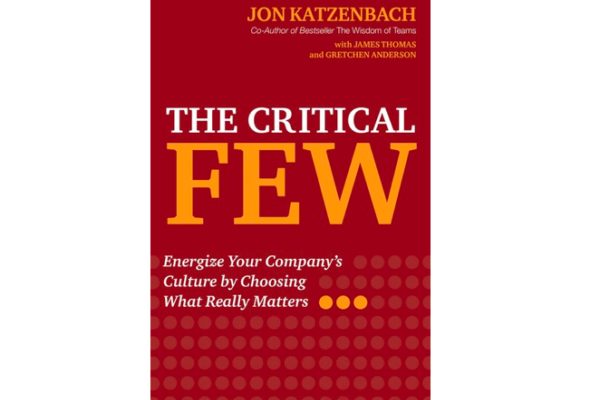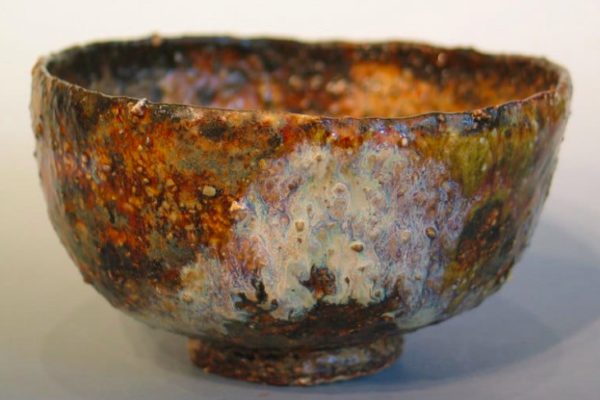
Highly creative founder-CEOs almost inevitably reach a point where they want or need their companies to run better. Often, this leads to the hiring of a Chief Operating Officer. Perhaps no single pair in organizational life is as hard to manage as the founder/CEO and COO relationship.
Part of the challenge of turning an obvious, mutually-appreciated pairing of two people into an effective working relationship comes from the difficulty of untangling four quite different “modes” of relating to situations:
- The mode of judgment. Multiple people looking at a situation, evaluating its essential features and the potential courses of action, and determining the best course.
- The mode of authority. The question of who has the prerogative and the responsibility to make the final decision about what to do.
- The mode of oversight. Evaluating and managing the person in the job, without directing how they do the job.
- The mode of action. Executing a path of action that has already been decided upon.
In order to understand the nature of each of these modes, it can be useful to look at an example of a situation unfolding sequentially. Imagine a founder and COO considering a hiring decision – their company is hiring a new VP of sales. The first mode that naturally comes into play is judgment. The founder and the COO in this mode are simply two individuals looking at the situation and considering what might be done. In this context, what matters is simply who can best see and judge what, and founder and COO should be able to assess that from the same side of the table. Perhaps the founder can better judge cultural fit, perhaps the COO can judge selling ability more accurately. In the mode of judgment, both parties should simply try to be precise about how well they can each judge different things.
This takes us to the mode of authority. These judgments become inputs to a decision. Decisions need to be owned. This can be done structurally: decision rights are specified. Or it can be done improvisationally: an individual can reach into the melee and -- by force of personality, conviction or argument -- seize the decision. Each approach has its place.
It is important to separate authority (who decides) from judgement (who can judge best). Perhaps the founder’s doubts about the prospective hire’s culture fit is the most significant judgment, but the COO has difficulty seeing why such an accomplished leader wouldn’t fit. The COO thinks:
- I’ve assessed the Sales VP and my opinion is that he’d be excellent – he’s aggressive, competent, and well-connected.
- The hiring decision for the Sales VP should be mine, since she reports to me.
The founder meanwhile, sees the same situation as:
- The Sales VP is a poor cultural fit—this will play out badly.
- In theory, it makes sense that the COO would have “decision rights,” but that’s a bureaucratic way to see the situation. It would be silly of me to stand by and let him make a bad call.
In order to resolve this impasse, we have to separate out the modes. In the mode of judgment, the COO has to recognize that the founder would better judge cultural fit—and the founder recognizes that the COO might better judge selling ability. That has nothing to do with their titles, simply with their experience and aptitudes. Then there’s a second matter of judgment: how to weigh these different aspects of the candidate.
This returns us to the question of who decides. This question gets muddied when people fail to disentangle the mode of authority from the mode of oversight. Authority centers on the question of how do we move forward. Oversight begins with the questions of where are we going, by when, subject to what constraints. From there, oversight also encompasses the question of who is responsible for getting there. The current answers to these questions constitute what we call a brief.
In our example, the founder-CEO has given the COO a brief. Launch this product, raise sales by this amount, build a team that can take this hill. Whether implicit or explicit, there are constraints – perhaps simply “without raising more money” or “without taking the developers off this new feature.” It could also be “without hiring people who don’t feel like us.” The CEO then decides who is responsible. Likely she is making the COO responsible – giving him authority for determining how to move forward. Perhaps she’s taken the very different stance of saying “I’m responsible, you’re helping me.” If she hasn’t specified responsibility at all, she’s failed to fulfill the requirements of oversight.
Often, in a situation like the one we’re exploring, the founder will fail to separately demarcate authority and oversight. In the mode of judgement, the founder has a different judgment about the candidate. But she acknowledges that the COO has the authority to make the decision. Her role isn’t to make the decision, it is to oversee the COO as an individual. In the context of oversight, her concern is that he may be overconfident—that he has made a mistake in the mode of judgment. He’s failed to acknowledge that he’s not the best judge of cultural fit, and he’s approached a matter of judgment from a stance of argument, rather than a stance of inquiry. Her concern about this decision also applies more broadly. The COO will need to make many decisions, and that won’t go well if he proceeds overconfidently and fails to listen to colleagues who may see things he doesn’t. The founder steers the conversation away from the decision at hand, and insists that they look together at this aspect of the situation – at the COO as a person, and how he’s approaching a decision that they both acknowledge is still ultimately his to make.
The COO listens well or fails to listen. He weighs differently, or he weighs as he did before. He makes the decision. We are now in the mode of action – the question of who can execute best. This question requires consideration of opportunity cost and indirect consequences, not just consideration of performance on the task at hand.
Authority and action are distinct modes. Often, COOs fail to use the founder as the “queen on the chessboard” in the mode of action—the person who by dint of passion, position, ability or experience can achieve something best—in order to preserve their decision-making authority. Many founders are equally unable or unwilling to see this distinction. It is valuable to distinguish the founder in her capacity as CEO, overseeing the COO, and the founder in her capacity as a doer, stepping into action at the behest of the COO.
Let’s return to the VP of Sales candidate. In many founder-COO pairs, one of two things will happen:
- The COO resentfully defers to the founder and doesn’t hire the candidate. He thinks the founder is meddling, and takes steps to insulate these decisions from the founder in the future. He works to secure his own power base. With the next candidate, he looks to orchestrate the situation so that the founder sees a rosier picture.
- The founder grudgingly lets the COO hire the candidate. The candidate starts with two strikes against him, and the COO now has a strike against him as well. If the Sales VP performs poorly, the founder becomes increasingly convinced that the COO has a problem with overconfidence and a problem of poor people judgment – though she may never have discussed these issues with him. If the VP performs well, the founder lets it go and eventually forgets, although with some of these assessments likely continuing to fester.
With clarity about the four modes, this impasse can be resolved. The founder and COO begin resolving this issue in the mode of judgment. Is the COO overconfident in his own opinion and judging badly as a result? Does the founder have a blind spot, too—an overly narrow conception of cultural fit? The founder and COO consider these possibilities, shifting into the mode of oversight (is the COO exhibiting a pattern of overconfidence?) and then back into the mode of judgment (is the founder’s judgment about culture too narrow?).
Now they progress into the mode of authority. It is the COO’s decision. He recognizes the very real possibility that he doesn’t know the answer. And he recognizes too that he doesn’t know if the founder is too narrow in her view of fit – or if she’s spot on. In the mode of authority, the question is how do we move forward, not go left/go right. At this stage, the wise COO likely doesn’t decide yes or no on the hire. Rather, he makes a decision at the level of process. He enlists the founder to lead another interview, to examine cultural fit more deeply. They meet with the candidate jointly so that they can reflect together afterwards. Through this, the COO learns if the founder is getting at different things he didn’t surface—or does she simply connect the dots differently? Is the candidate simply a different person with the founder in the room? If he is, why is that and what should they conclude?
The COO steps back into the mode of judgment, with a richer set of inputs and perspectives. The founder is still nervous, the COO still inclined to proceed. He says: “There may be an issue of fit. These specific things we saw in the recent meeting, though, are patterns one would see with almost any experienced sales leader. I see a kind of flexibility here with this candidate. Look at how interested he was in learning from the approach you took. Even if he stumbles, this suggests he’ll take feedback. We’ll need to hire someone who will likely have some version of these risks. Let’s watch this closely, together. Let’s have you be a mentor on culture questions, even as I’m the direct manager. At worst, he’ll prove a poor fit and we’ll both be clearer on what might turn out to be a rare profile we need for this role – and even if we eventually need to part ways, he’ll have helped us hit our numbers this year. And likely with both of our attention, we’ll make this work.”
The key to untangling the relationship between founder and COO is explicitness. There doesn’t need to be a formal process—too much formality may well feel stiff and stilted, especially to the founder—but there needs to be a shared vocabulary for the founder and COO to see the different factors at play and address them thoughtfully. At first this takes work, but much less work than many founders and COOs in fact spend fretting about this fraught relationship and working around the frustrations both feel when they don’t see eye to eye. Few controllable factors matter as much to the success of a company than whether founder and COO get the most from each other’s talents. It is without question worth the effort required to learn to dance this dance with skill.



